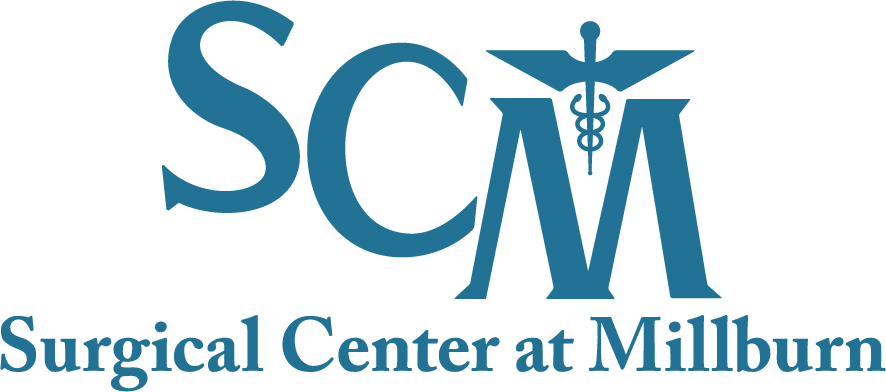Joint Pain
Joint pain is indicated in many conditions, including injuries, rheumatoid arthritis, sprains and strains. Pain can range from mild and occasional to severe and chronic. Joint pain can be episodic and never return, or may last for weeks, months and sometimes throughout a lifetime. In cases of chronic pain, many turn to physical therapy and alternative approaches for pain management and prevention.
Warning Signs & Symptoms
Joint pain is associated with two primary characteristics: inflammation and pain. Other manifestations can include:
- Bone spurs
- Grating sensations with use
- Loss of flexibility
- Muscle weakness
- Joint pain after a period of inactivity
- Pain during and after joint use
- Joint stiffness upon waking or after inactivity
- Swelling around a joint
- Tenderness, even with light pressure
Risk Factors & Possible Causes
Age, genetic predisposition, gender, trauma, weight and stress level are all possible causes of join pain.
Test to Diagnose Joint Pain
Joint pain can accompany a range of joint-related conditions. In order to diagnose, doctors will likely do a thorough examination of a patient’s personal and family medical history.
Other testing may include:
- Blood and urine may also be analyzed to determine if a patient is suffering from osteoporosis or arthritis
- X-rays or an MRI to determine whether a joint is damaged or if a damaged joint is deteriorating
- Range of motion, joint instability or stability, reflexes, and joint pain location
- A Rheumatologist may ask for more information via blood work to help determine if there are genetic or immunologic implications.
Treatment Options
Joint pain can be addressed in multiple ways, and often requires a multidisciplinary approach for best results. Medication, physical therapy, surgery, and alternative medicine and nutrition are common components of a joint pain treatment plan.
Joint injections are also effective in treating join paint.
Prevention
Regular exercise, daily stretching and eating a healthy, balanced diet can go a long way to avoid joint pain. Therapeutic doses of an anti-inflammatory like ibuprofen can be helpful, as well as hydrotherapy, massage, and icing chronically inflamed areas to reducing swelling.
